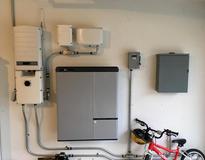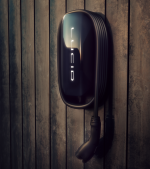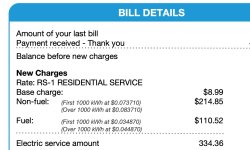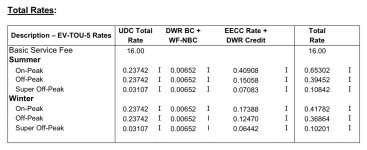Case Study: Solar PV in action - Bay Area, CA - The system consists of 15 Panasonic panels with a total rating of 4.95kW DC paired with a 9.8KWh LG…

www.energysage.com
Completely agree that the 10kWh system I pointed to is simply not going to cut it in many parts of the country. But I would like to highlight a few things:
1. The LG-chem battery is pretty much a dumb battery that is controlled by the 7.6kW Solaredge inverter that is designed specifically for that purpose. Multiple batteries can be added in parallel. You can at least do three (30kWh) - maybe more, I really did not look into that in detail.
2. For a place like where I live (Bay Area, CA), the power grid is absolutely reliable - I can count the outages (over the last 8 years I've been living in this house), on my hands. The only reasons I even have the battery are:
- CA's SGIP rebate program for batteries (I got $3K back for the battery in 2019).
- NEM2 net metering policy imposes a penalty called Non-Bypassable Charges (NBC) on power drawn from the grid, i.e. the same unit power drawn from the grid is slightly more expensive than the identical unit power the system puts back into the grid. A battery minimizes this especially between 4pm-9pm (higher rates in that interval) when the solar panels are producing very little.
- A few circuits in the house (TV/router/cable-modem/fridge/lights) are connected to a separate "backup" panel that keeps the lights on when the grid is down. This next point may be confusing to people and needs a lot more explanation --> this does not mean that the battery cannot neutralize the power drawn from the grid when let's say the A/C kicks in.




